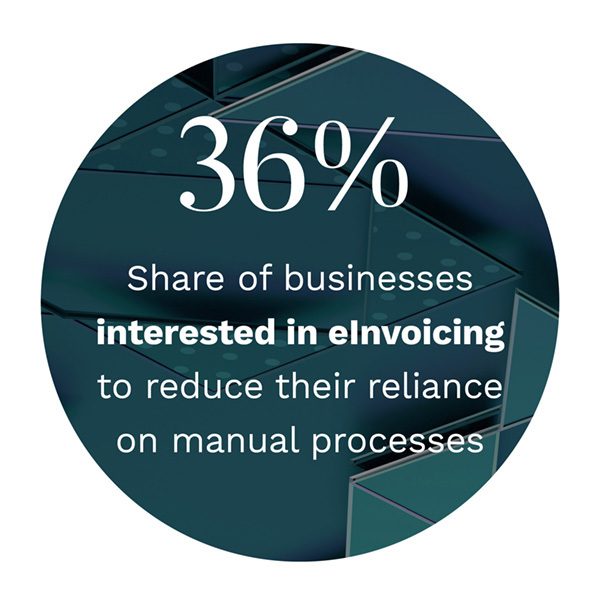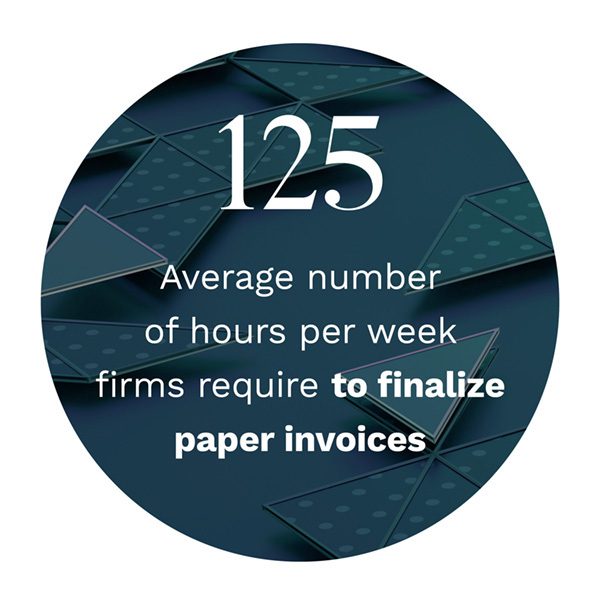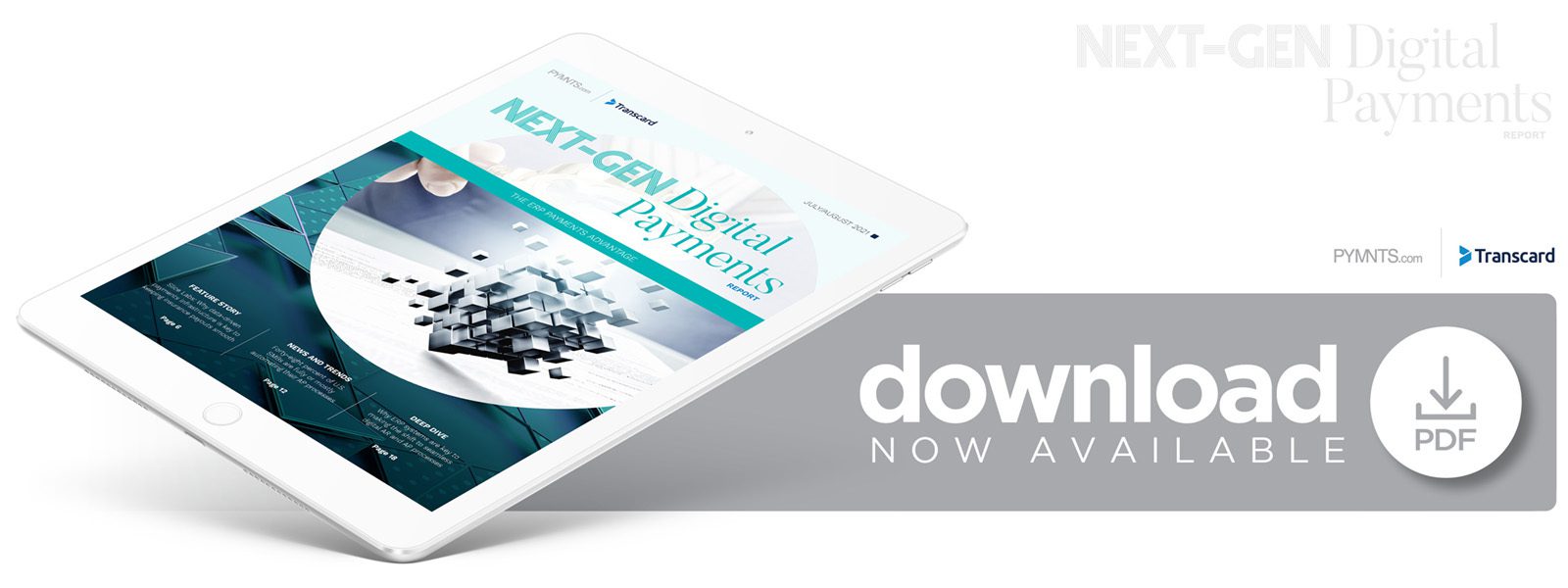Report: InsurTechs Use Automation, Rapid Claim Payments To Woo Customers

Many companies have mused about the potential benefits of digitizing their business-to-business (B2B) payment operations, but the events of the past year made it clear that doing so is becoming an operational necessity. Paper-based invoices leech an average of $17,340 from companies each year and represent 125 hours of lost labor per week by manual employee teams. It stands to reason that moving their accounts payable (AP) and accounts receivable (AR) processes online could save firms significant costs and time.
Doing so is a top goal for companies that wish to gain an advantage over their competitors, but this requires that they incorporate key technologies that can aggregate previously siloed processes and greater volumes of data into one place to ensure smooth payments. Interest in enterprise resource planning (ERP) solutions is growing, with a recent study predicting the ERP market will reach an $86.5 billion value globally by 2027.
In the latest Next-Gen Digital Payments Report, PYMNTS takes a close look at how incorporating ERP systems, automation and other key technologies can help companies upgrade their AP and AR processes as they attempt to digitize their operations. It will also examine why digitization has become a competitive necessity in multiple industries, given the events of the past year.
Around The Digital Payments Space
More companies are beginning to look to ERP systems as they further digitize their B2B payments. One recent study found that 44 percent of supply chain decision-makers have either incorporated or are planning to incorporate such systems at their organizations, for example. ERP systems can connect previously siloed solutions, making them well-suited to managing firms’ AP and AR functions with greater transparency. An additional 53 percent of businesses also said that investing in ERP systems is a top priority for their companies over the next few years as these benefits become more significant.
Firms are also working to create more efficient payment processes as delays and pain points during invoicing and other payout experiences grow more frustrating for clients. Seventy-three percent of procurement officials noted that lagging payments had strained their supplier relationships, one study found. Another 59 percent admitted that suppliers had either cut back on offering discounts or stopped offering them altogether in response to unsatisfactory payment and invoicing experiences. These frustrations can also negatively affect businesses’ reputations with other suppliers and throughout their respective industries, which makes solving these friction points essential for companies looking to stay successful.
However, reducing their reliance on manu al processes can be difficult for companies that have built their AR and AP mechanisms around paper and human employees. Just 15 percent of businesses report that they have gone fully paperless, with the remainder still tapping teams of employees to wade through documents to ensure that invoices are accurate and to finalize payments. One-third of those companies still utilizing paper reports remaining heavily reliant upon them, making innovation all the more critical. Examining which solutions and technologies could help firms break their grip on manual processes and create more convenient, speedier B2B payment processes should be a top priority for such companies.
al processes can be difficult for companies that have built their AR and AP mechanisms around paper and human employees. Just 15 percent of businesses report that they have gone fully paperless, with the remainder still tapping teams of employees to wade through documents to ensure that invoices are accurate and to finalize payments. One-third of those companies still utilizing paper reports remaining heavily reliant upon them, making innovation all the more critical. Examining which solutions and technologies could help firms break their grip on manual processes and create more convenient, speedier B2B payment processes should be a top priority for such companies.
For more on these and other stories, visit the Report’s News & Trends.
How Automation, ERP Systems Can Help Insurers Create Rapid Claim Payout Experiences
The insurance space is among many industries that had to move quickly to bring its historically manual invoicing and payment process online once the pandemic began. Removing their reliance on outdated, paper-based payment methods is becoming more essential for insurers, especially as businesses and consumers alike are coming to expect swifter payments. Matching those needs is critical to helping insurance players keep their customers engaged and satisfied and necessitates the use of digital technologies that can facilitate quicker payments, explained Philippe Lafreniere, chief growth officer for InsurTech Slice Labs. To learn more about how automation, ERP systems and other tools can help businesses accelerate payments, visit the Report’s Feature Story.
Deep Dive: How ERP Systems Can Help Businesses Switch To Digital-First AR And AP Processes
Company executives who were previously content with manual systems are now examining the benefits of digitization. Many are examining which technologies they require to affordably and quickly integrate their AR and AP processes into these new digital channels. To learn more about how this shift can help businesses adopt speedier payment methods and further digitize their operations, visit the Report’s Deep Dive.
About The Report
The Next-Gen Digital Payments Report, a PYMNTS and Transcard collaboration, explores how businesses and consumers are turning to embedded payment options, including buy buttons, to access seamless digital purchasing experiences as they transact around the globe.
